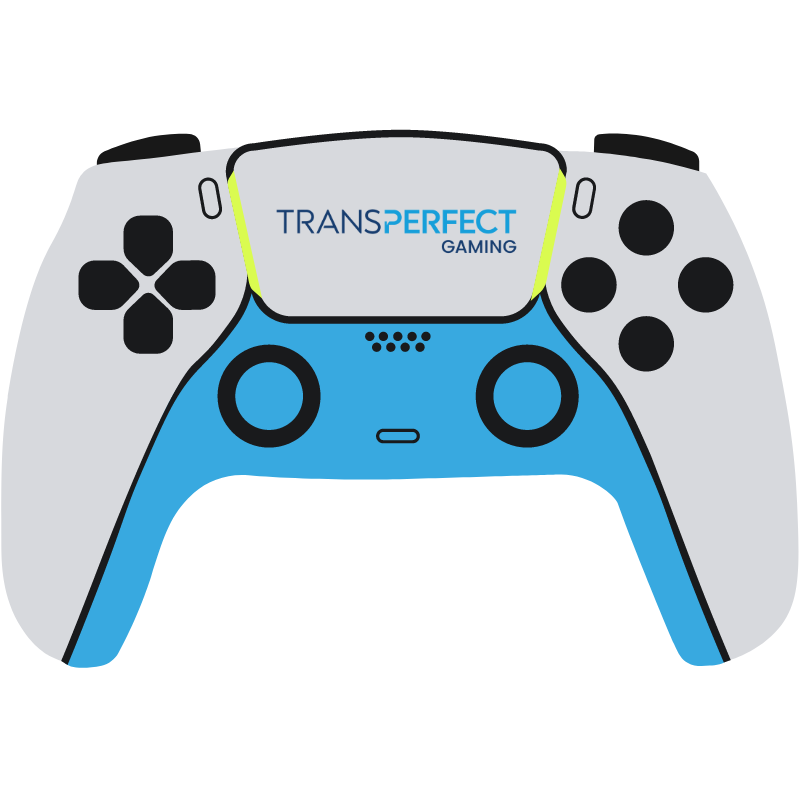The MoGi Group is now part of TransPerfect Gaming.
Our clients will continue to receive the same excellent service and support that we have provided for the past 30 years.Click below to learn more.
